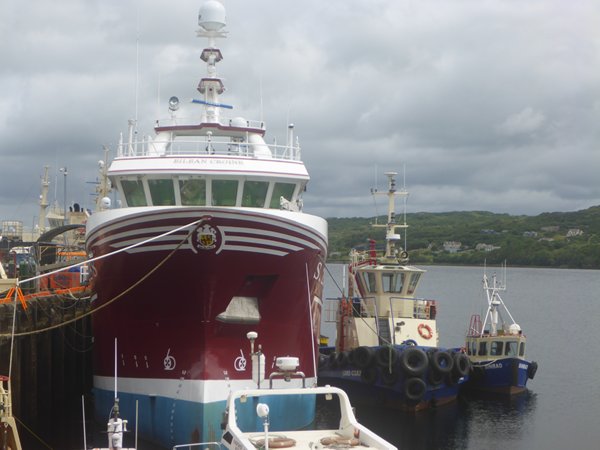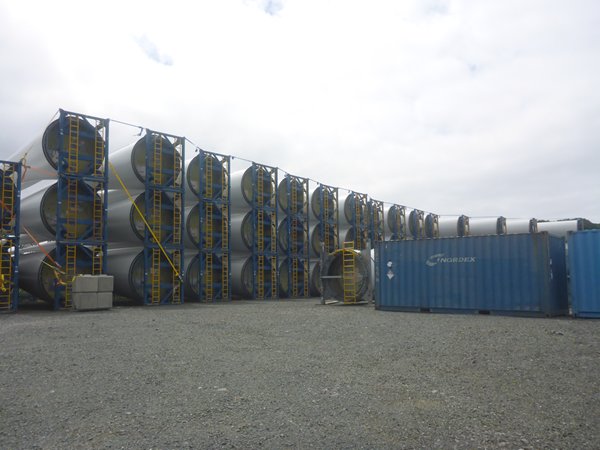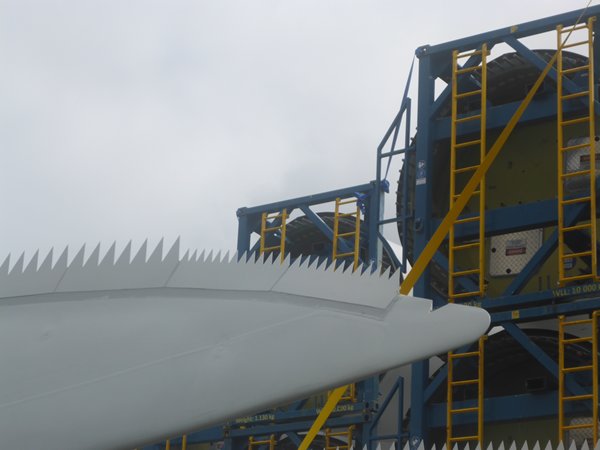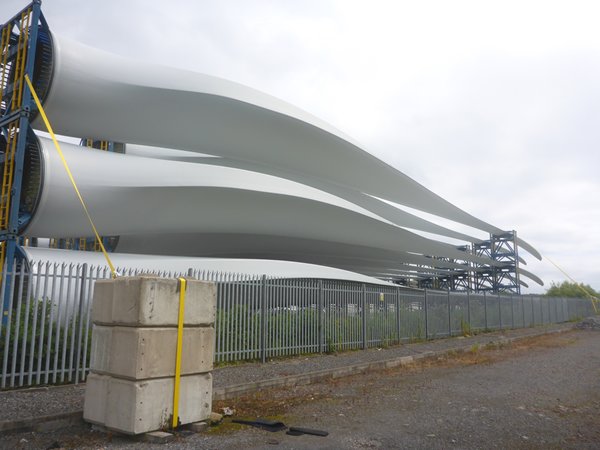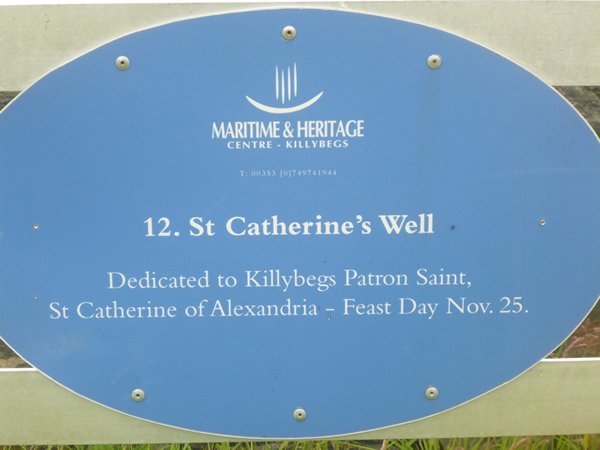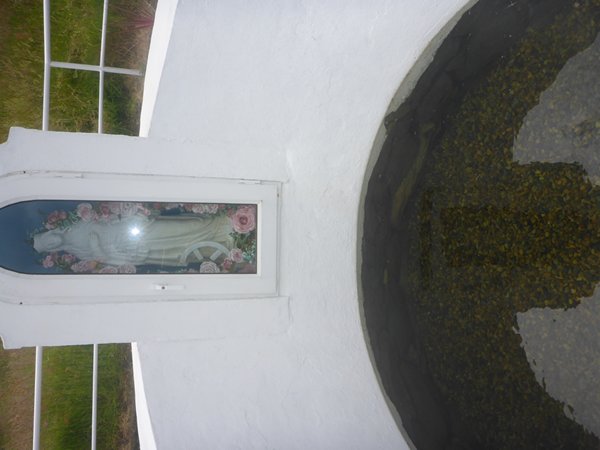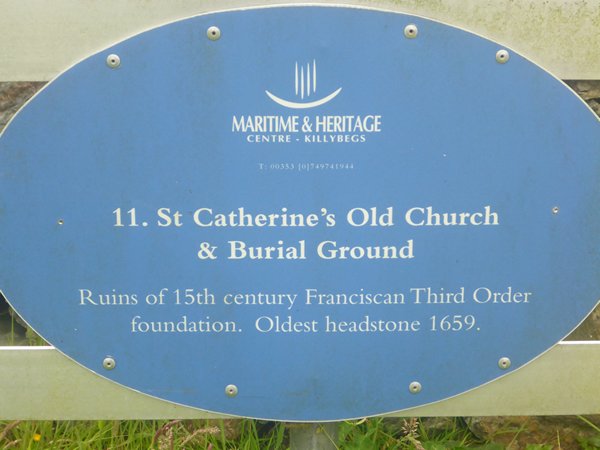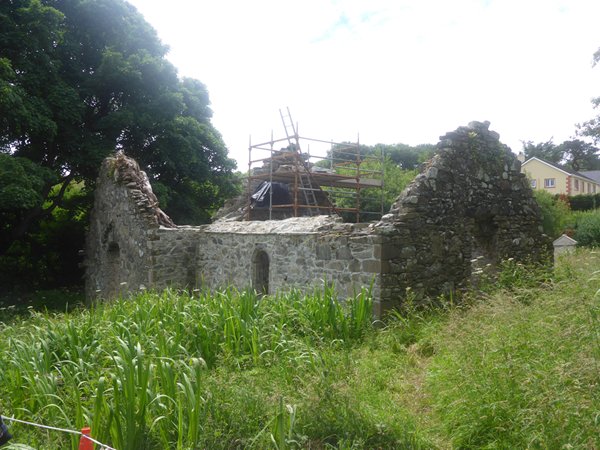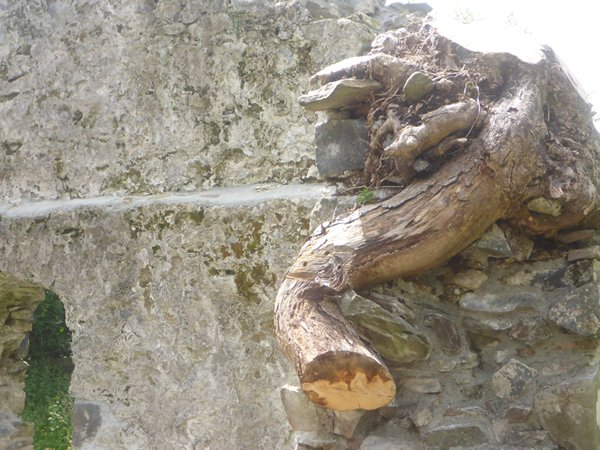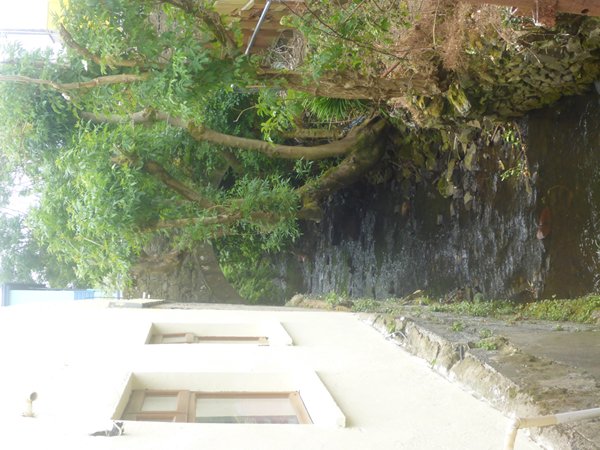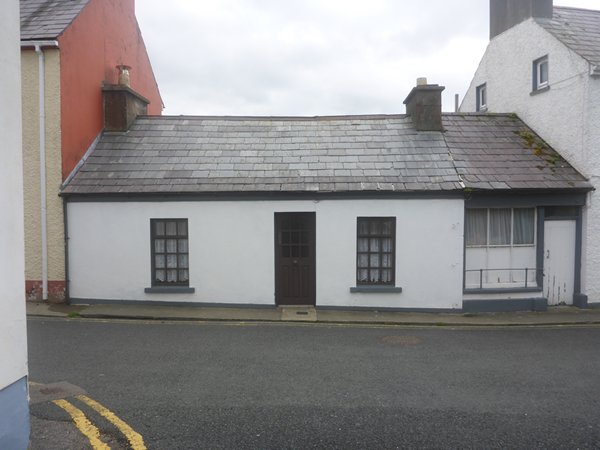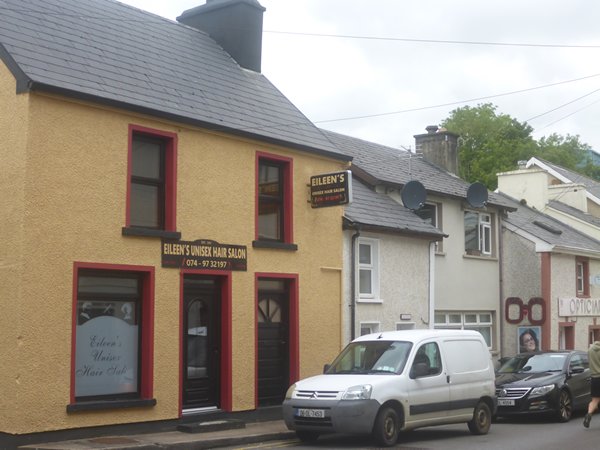Killing time in Killybegs

54:38.10N 08:26.52W
Killing time around Killybegs
My first impression of Killybegs Town as we motored into the outer bay and then into the harbour with the misty rain clearing around us was one of TREES, lots of beautiful, rounded, lush green trees, not the spiky spruce type but natives that once covered the fair lands of the British Isles and Ireland. Our range of visibility during our sail across Donegal Bay had been limited by the rain; maybe, when we leave, we will be able to see the coast and get a better idea of the topography of the land.
On our self-guided wander around the town, we witnessed the gentle hand of nature as she slowly covers and buries ruins left by man at the old church of St Catherine with its graveyard. St Catherine it is believed to have saved the lives of some storm bound mariners in Donegal Bay many centuries ago, and from the ruins of Kit’s Castle, once a bishop’s home, that has fine views over the harbour from its elevated position. We climbed up there along a path made slippery by the rain through long grass and wildflowers.
We had approached the site of these two visual reminders of the past by walking alongside the vast harbour side area dedicated to the storage and distribution of wind farm towers and sails, imported from Germany and ready for dispatch to their sites. The passing of 1000 years from the 12th century church ruins to the 22nd century invention for harnessing wind energy was exciting, at least I found it so, so I took the pictures of the tower bases through the church doorways as a reminder of man’s capacity to build. Last evening we watched as a convoy of two big cranes and three lorries, each carrying a section of tower, set off along the harbour road to the site for their erection.
An example of the Law of Diminishing Returns in operation over the centuries is the reduced size of fish catches as the size of the vessels used and thus the investments thrown at the industry increase. The investments have not taken into account the empirical laws of sustainability. If they had, the industry would be safe and the fish stocks would replenish at a rate that would sustain the industry. I took the pictures of the size variation of fishing vessels to illustrate this. The little vessels are in use all year round whereas the big deep- sea fishers remain harbour bound for up to nine months of the year and are only allowed to fish for 30 days. How do they make a living? Who is buying the fish? The ships are all locally owned, as we learned from a knowledgeable lad waiting for the number 293 to Donegal with us, and their crews are local too and find other ways of eking a living for the rest of the year, or bow to tradition and live off the lucrative salary they make when they are working as crew aboard the big fishers.
The development of the town started around Bridge Street and Main Road and the roads were built narrow to make invasion difficult. Some of the houses in this area are the smallest in Donegal and are ideal for a workshop on the ground floor with accommodation above. Our washing is being processed at the moment by a kind lady in one such workroom. The modern-day waterfront is built on reclaimed land and is constantly being extended to accommodate the ocean-going fishing vessels, marina complex and level ground for the storage of the wind farm towers and blades.
The last picture showing The Fleet Inn, at the rise of the old town towards the old quay area, made us think while we were partaking of a nice local beer, of the days when this pub would have overlooked ‘the fleet’.
